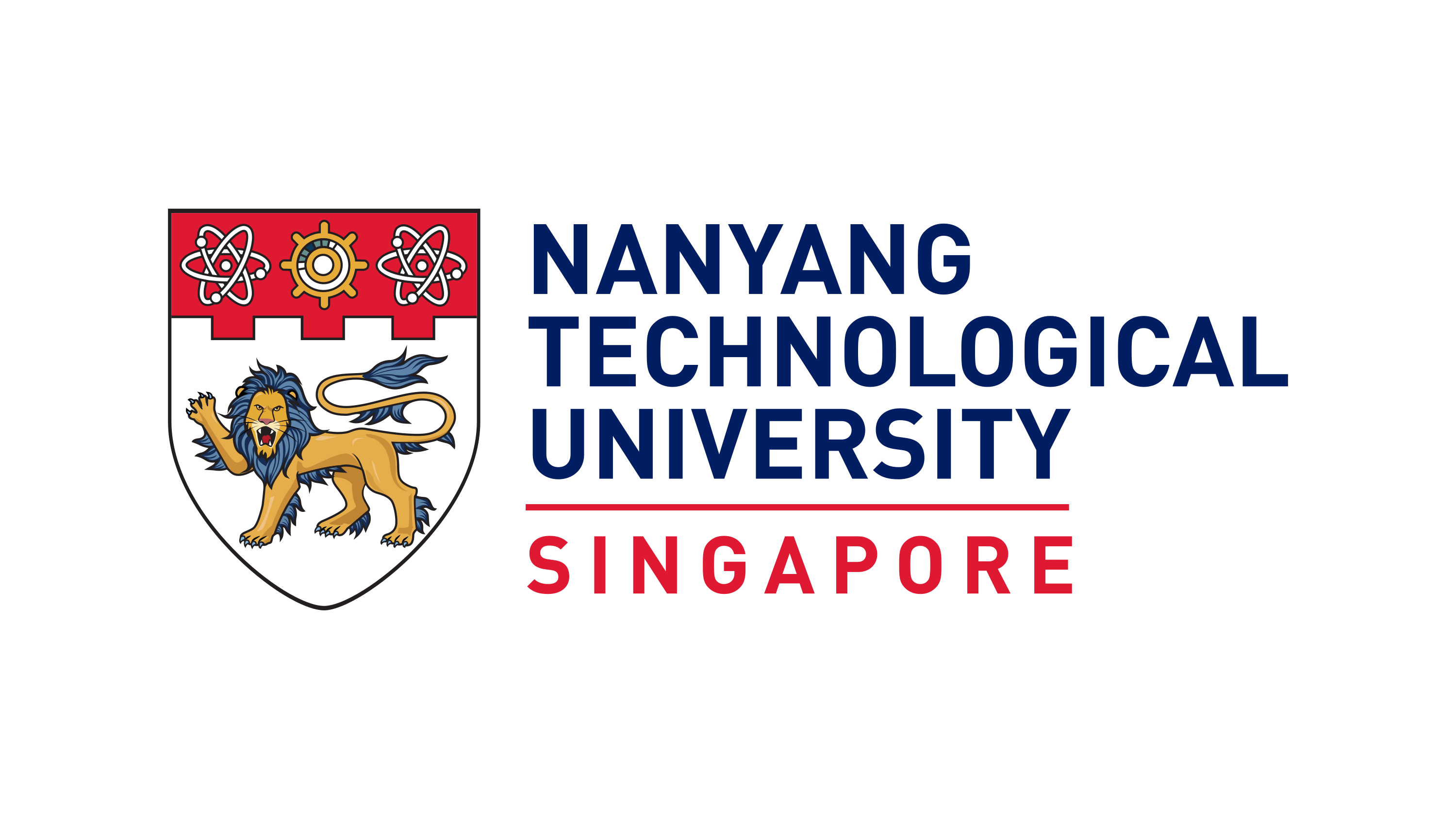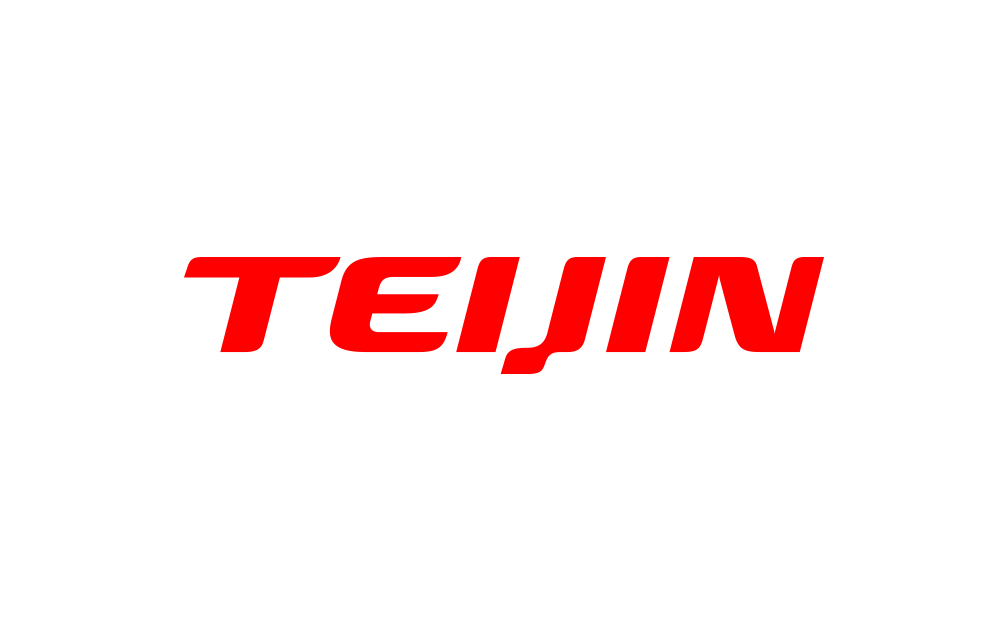5 Trends in the Textile Industry Steering a Sustainable Future
Fueled by changing consumer preferences, technological advancements, and sustainability concerns, the textile industry is seeing a rigorous change in its traditional ways. The major textile industry trends are from manufacturing to recycling, novel fabrics, and advanced and sustainable manufacturing methods.
Evidently, the industry will reach 755.38 billion USD in 2027, experiencing a CAGR of 5.5%.
This article will briefly discuss the recent developments in the textile industry and the trends driving these changes.
Want to get a comprehensive analysis of the trends shaping the Textile Industry? Fill out the form below and get offline access to our exhaustive Textile Industry Trend 2024 report directly to your inbox.
1. Advancing The Industry With Technical Textiles
There is a global interest of companies, including the UK, Germany, and India, in developing technical textiles. In the European Union alone, the technical textiles industry represents around 30% of the total turnover in textiles, accounting for a growing share of 27% of total textile production.

With respect to the rising interest, OROS has partnered with the US Dept. of Defense to develop next-generation aerogel textiles specifically designed for extreme cold weather apparel.
Meanwhile, West Virginia University (USA) and Central Michigan University (USA) have collaborated to explore using textiles as carriers for essential oils with therapeutic properties.
2. Harvesting Energy from Textiles
Energy harvesting textiles are gaining momentum due to the rising demand for efficient portable energy storage solutions, driven by increasing research and interest in piezo/tribo and photovoltaic technologies.

To fulfill this rising demand, researchers at Nanyang Technological University have successfully developed a groundbreaking fabric that converts energy from body movements into electrical power.
During our research, we discovered that several non-core companies were actively researching the development of Energy Textiles. Some of these names include Intel, IBM, and Samsung.
Want to know what they have developed so far?
3. Finding Alternatives To Conventional Dyeing Methods
According to the EU, of the 1900 chemicals used in clothing production, 165 have been classified as hazardous to health or the environment. Consequently, an increasing demand exists to explore alternatives to conventional dyeing methods.

One such innovative approach is AirDye, which utilizes dispersed dyes spread on a recyclable paper base, transferring vibrant colors to textiles through a molecular-level process driven by heat. This revolutionary technique drastically reduces water and energy consumption, eliminating the need for repeated soaking and heat-drying fabrics.
Meanwhile, the Netherlands-based biodesign project, Living Colour, is conducting research on using pigment-producing bacteria to color clothing. Collaborating with PUMA, they have successfully developed the world’s first bacterial-dyed sports collection.
4. Reusing And Recycling Textiles
With governments worldwide responding with stricter regulations on waste management and sustainable practices, companies are being pushed to explore more efficient textile recycling methods.
Carbios, a biochemistry startup, utilizes the “Cutinase” enzyme to break down polyester material found in textile waste. The method enables the recovery of virgin-quality material that can be recycled indefinitely, creating a circular process.
Carbios has collaborated with On, Patagonia, PUMA, and Salomon to develop solutions that enhance product recyclability and circularity.

On the other hand, Teijin has developed an advanced recycling technology using a depolymerization catalyst to recycle colored polyester fibers while preserving their quality. The method further results in recycling with lower energy consumption.
5. Promoting Health And Hygiene With Medical Textiles
The usage of medical textiles is witnessing exponential growth, especially in post-pandemic times. This is due to the general awareness and consumer and institutional consciousness towards health & hygiene. The extent of the growth is towards the constant improvements and innovations in textile technology and medical procedures.
With the need the textile to be non-allergic, non-carcinogenic, non-toxic, antistatic in nature, and bio-compatible, the industry is focussing on three trends –
During our research on these innovations, we discovered that numerous companies, including those unrelated to healthcare or textiles, are strategically planning to gain a competitive edge in the industry. Curious to explore what the future holds for this sector?
Then, Read more
Conclusion
As the demand for personalized, sustainable, and technologically advanced textiles grows, manufacturers, designers, and consumers are embracing these trends to shape a more sustainable and innovative future for the textile industry.
Therefore, we believe these trends will reshape the future landscape of the textile industry.
Authored By: Ambuj, Navjit, and Sushant, Patent Intelligence
Edited By: Ridhima, Marketing





Absolutely loved reading your article on textile trends! The way you’ve delved into the evolving landscape of the textile industry is both insightful and refreshing. Your comprehensive analysis of current trends showcases a deep understanding of the subject. Kudos to your team for delivering such valuable insights! Looking forward to more engaging content.